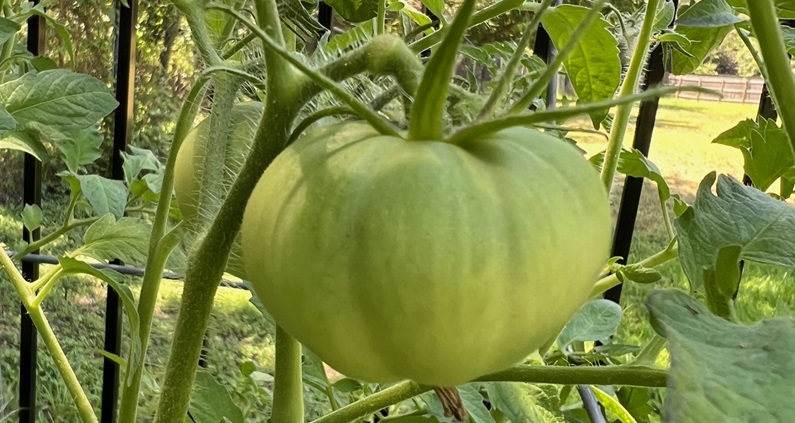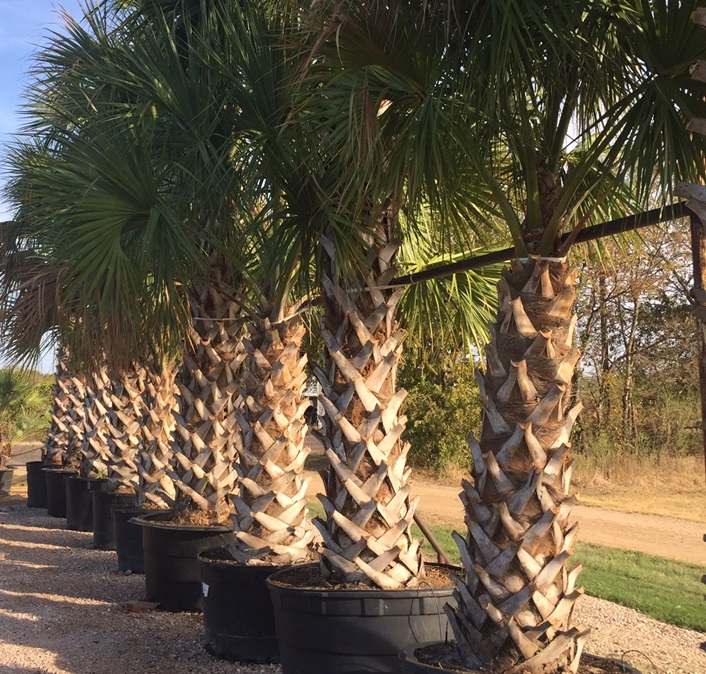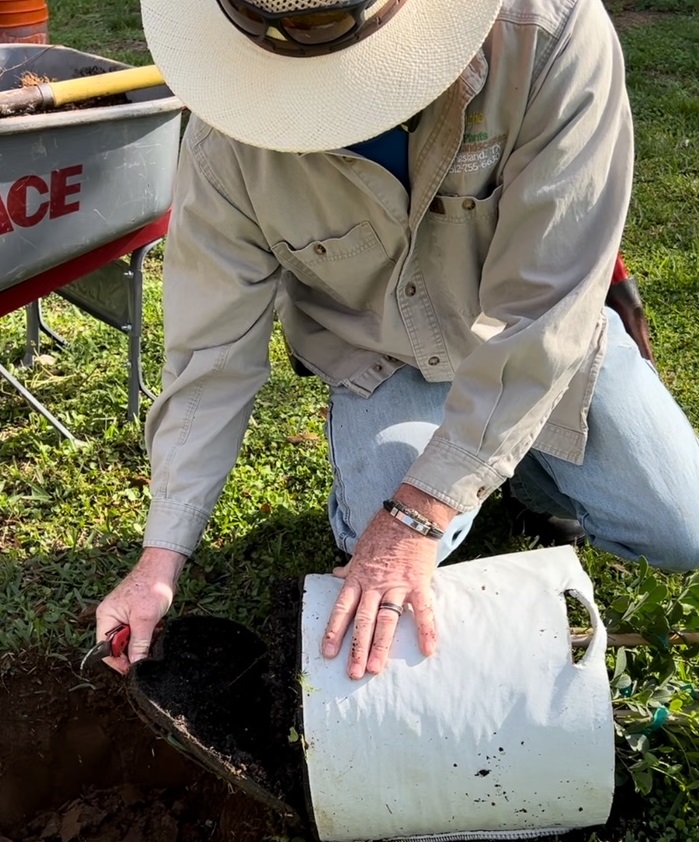It is difficult to know how to water plants if we do not understand how (and where) their roots grow. Do we water just at the base of the plant? How long do we water a plant, and how deep does the water need to go? These are questions that I hear almost every day at the nursery.
Let us begin with tree roots.
In the first year, when establishing a newly planted tree, apply water to the area above the original root ball and about 1’ beyond. This will encourage the roots to extend out into the surrounding soil. We often build a “berm” in a circle around the planting hole (which should be larger than the root ball) to create a reservoir to fill when we water a newly planted tree. We fill the reservoir up over and over, until we are sure the entire depth of the root ball is watered. If we see bubbles, we are not done yet! The bubbles indicate that we are displacing air pockets of dry soil and need to continue to apply water.
The second year, we break down the “berm”, spreading the soil away from the trunk (or haul it away) so that it does not raise the soil line on the trunk. Each year we will extend the area watered by two feet or more, depending on the growth of the tree. The watering depth should be approximately 1’-2’ in most soils.
Frequency of watering will depend on soil type, the stage of root establishment, wind conditions and the variety of tree.
Here are some interesting tree facts:
It will generally take one year for each inch of trunk caliper to fully establish a tree.
Tree roots will generally grow at least one to one and a half times the height of the tree OUT from the tree. Many people know to water out to the “drip line” of an established tree, but in reality, the roots may extend even further.
The majority of tree roots remain in the top one to two feet of soil. Roots need oxygen, and in heavy soils that are tightly compacted, roots will tend to be even closer to the surface of the soil.
After a tree has “fully established”, applying an inch of water to the area beneath the canopy is usually sufficient in providing the water needed for optimum growth. Frequency is determined according to the temperature, type of soil, wind conditions and type of tree. Keep in mind that evergreen trees will require more frequent applications of water in winter months than deciduous trees, due to the loss of moisture from the leaves, especially under windy conditions.
Remember, regular irrigation will make all the difference between “thriving” and “surviving” in a landscape, and if a tree is not established correctly, it may never regain the vigor it had at the time it was planted. Pay close attention to the establishment period for your tree, and you will be rewarded with a tree to enjoy for many years to come.




